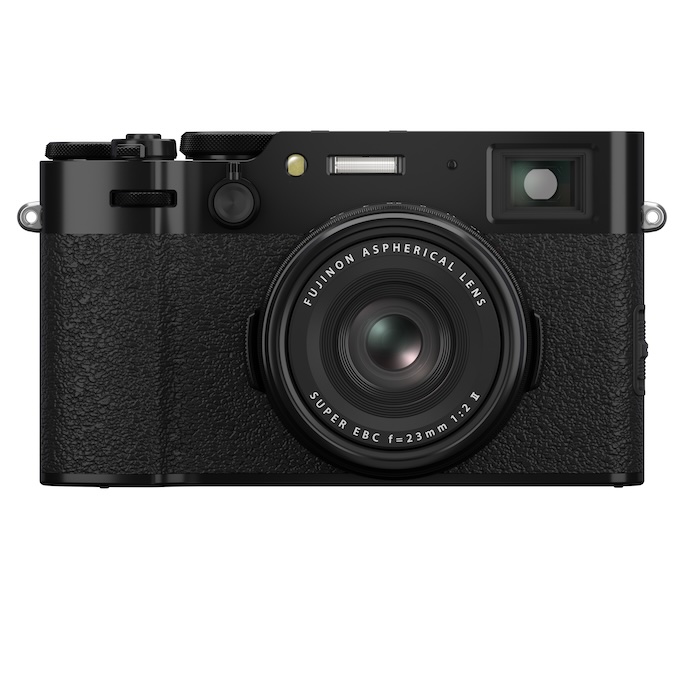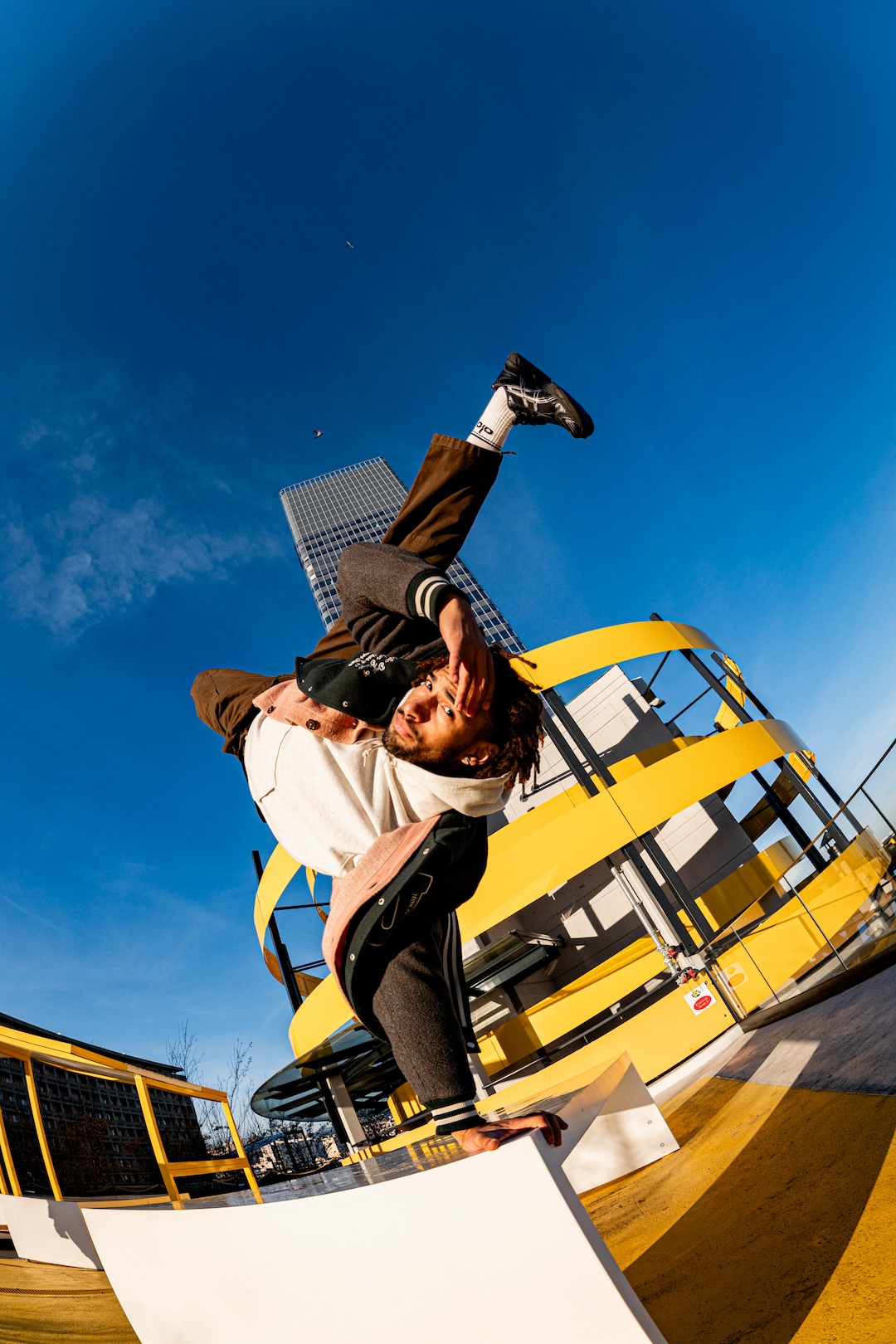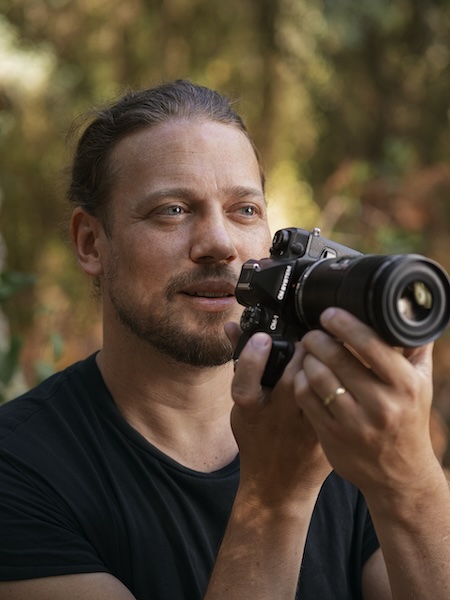Camera Review: Hands-On with the Nikon D500
October 7, 2016
Every once in a while a camera comes along, albeit long overdue, that not only gets the job done but has the features and performance that inspire you to go out and shoot even when you’re not working. For me, the Nikon D500 is one of those cameras. It’s not perfect, but even on a do-nothing-but-relax vacation, I couldn’t help but keep the D500 always within reach.
This 20-megapixel, DX format DSLR is the smaller sibling to the Nikon D5 and offers many of the same features as the more expensive model. Beyond its extensive feature set—including 4K UHD video—the $2,000 (body only) D500 comes with superb performance and excellent image quality, especially in the APS-C DSLR arena.
I tested the camera under a variety of conditions, most of which included fast action—from polo matches and skateboarders to ocean-going kite surfers, with a few baby hawks in between. Lenses used in testing included the AF-S DX NIKKOR 16-80mm f/2.8 (which is offered as a kit lens), the AF-S NIKKOR 70-200mm (f/2.8 and f/4), the 200-500mm f/5.6 and one of my all-time favorites, the lightweight AF-S 300mm f/4E PF ED VR.
Image Quality
Out of the camera JPEGs were pleasing to the eye with excellent results in terms of color, exposure accuracy and sharpness. As always, RAW files at the highest resolution and uncompressed RAW files deliver the best quality, particularly in terms of sharpness and detail capture. That said, the RAW files required very little tweaking in Adobe Camera RAW, even under challenging high contrast and low light conditions. Native ISO ranges from 100-51,200 and is expandable to a low of 50 and a high of 1,640,000 equivalents. Under most conditions—and up to about ISO 6400 (and a little beyond)—the D500 handled noise exceedingly well, delivering low noise levels and broad dynamic range while maintaining details and sharpness.
Shooting in 4K video delivered the same excellent color rendition, as well as sharpness and details. Other than some performance issues and a tight crop, the D500 delivered better 4K capture than anticipated for a camera in its price range.
Design
After lugging around a D4s for the better part of a year, the D500’s 5.8 x 4.6 x 3.2-inch, 26.9-ounce body was a welcome change. Despite its smaller and lighter design, the D500 is solidly built and is very comfortable to hold.
A large, bright viewfinder is complemented by a high-resolution, 3.2-inch tiltable touch screen LCD (albeit limited in its functionality). Controls and menus will be familiar to Nikon users and the backlit control buttons make for easy viewing in dark or dimly lit conditions. The camera is outfitted with a dual card slot for XQD and SD cards, built-in stereo speakers and can accommodate an external stereo microphone as well.

Photo © Theano Nikitas. This fast-moving Polo scrimmage was the perfect scene for testing the Nikon D500’s speed, AF accuracy and image quality. Captured with the NIKKOR 70-200mm f/4 lens, the image is incredibly sharp and detailed—look closely and you can see the texture on the ball and the bits of dirt kicked up by the horses.
What We Liked
Great image quality and an excellent feature set, including 4K video, are only two of the reasons I really like this camera. What put it over the edge, though, was its speed. When shooting with the optical viewfinder, this camera is fast and can easily shoot at up to 10 fps at full resolution. Using an XQD card, the D500 can handle about 200 lossless compressed 14-bit RAW files at a clip. Autofocus is equally impressive; it’s fast, accurate and with 153 focus points (including 99 cross-type sensors), fills most of the frame. Battery life is also solid at a CIPA-rated 1,240.
What We Didn’t Like
While AF speed and accuracy blew us away in shooting stills with the viewfinder, focusing was less spry in Live View. And on top of occasional hunting in video capture, lens noise is sometimes audible. Having a 1.5x crop is great for telephoto work but the D500 crops 4K video even tighter (at 2.25x)than it does stills, so you’ll want to whip out those wide-angle lenses if you’re recording
4K video.
The camera is Wi-Fi- and NFC- enabled, and it uses Nikon’s new SnapBridge technology, which depends on Bluetooth Low Energy. A SnapBridge app is available for Android and iOS devices, although the latter wasn’t available until after this review was written. Since the camera is not compatible with the previous Wireless Mobile Utility app, I wasn’t able to test SnapBridge with the D500. I hoped that Nikon would add more camera control functionality with the new app, but it’s still pretty basic. You can choose a focus point and trigger the shutter, but that’s about it. On the other hand, with SnapBridge’s always-on Bluetooth connection, images can be automatically transferred to your mobile device as they’re shot, with GPS tagging and comments/credits.
How it Compares
The Nikon D300s was announced in July 2009, so users have probably moved on to different models while awaiting the camera’s successor. But the D500 offers such huge improvements that there’s no contest. This is your chance to buy a camera light-years ahead of the older model, and a step up from competitive DSLRs in the market.
Perhaps the closest APS-C DSLR competition is the Canon 7D Mark II, which doesn’t shoot 4K but offers better AF for video thanks to its Dual Pixel AF CMOS sensor, and it has a burst mode that, like the D500, clocks in at around 10 fps. Canon also offers built-in GPS for the 7D Mark II, while the D500 requires an adapter. If speed, 4K and compact size matter most, then check out the APS-C Sony a6300.
Despite my criticisms of the D500, the camera is a sure winner for Nikon and photographers who want/need that extra 1.5x crop for their DSLR. With its outstanding image quality and speed demon performance, the D500 is an excellent choice for sports and wildlife photographers who want to travel light; it’s the perfect complement to any full-frame Nikon DSLR, too.




